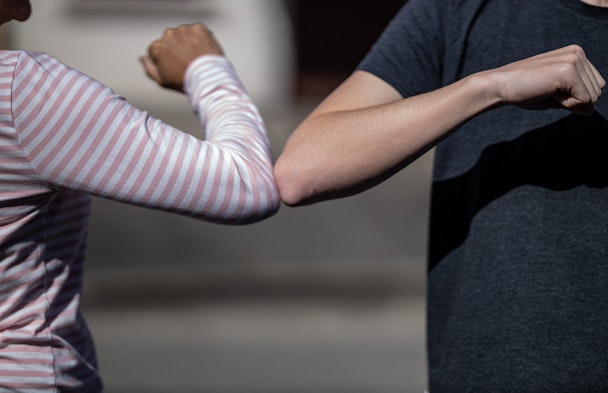Signals of change: considering the change in consumer lifestyle habits
The media may have us believing that offices will remain empty and we’ll all be a lot more sociable post ‘Freedom Day’. But for brands requiring a deeper understanding of audience behaviors, it may not be as simple as that.

OMD EMEA on the lifestyle negotiations consumers are making as they reconsider their pre-Covid habits
During the past 18 months, restrictions and personal concerns have shattered the patterns of where people spend their time and who they spend it with. Within all the disruption and social isolation, new habits have been formed and priorities reassessed.
As we emerge, consumers will undergo what we call a series of ‘lifestyle negotiations’ as they question their pre-Covid ways of working, socializing, shopping, exercising and traveling, and re-evaluate future behavioral choices.
For brands, this will mean further reappraisal of their products and values by a consumer, driven by the needs of their new formative lifestyles.
Understanding these drivers, and defining both audiences and their changing relationships with the world around them, will be vital in determining new strategies for communication, action and empathy.
For the purposes of this article, let’s focus on work and socializing and the shift towards more flexible patterns.
According to a recent analysis of ONS statistics by consultancy Advanced Workplace Associates, just under half of the people currently living in London’s 14 inner boroughs could now do their jobs remotely. For the UK capital, this could result in the relocation of those working in certain sectors such as customer service, administration, managerial and civil service.
However, for lower-income workers and those with roles in healthcare, education and skilled trades, working patterns away from the home are already returning to pre-pandemic behaviors.
Media headlines can often make it appear that city-center offices will remain empty, house prices will plummet, seats on public transport will be freely available and bars and restaurants will struggle, but brands should go beyond broad insights and understand what’s actually happening in local areas, populated by targeted audience segments.
The return to work is more likely to be impacted by location, social and economic influences, which need to be defined on the ground by localized intelligence and data-driven analysis.
As Unilever described it during Cannes Lions Live this year, brands need to ‘get real’ and ‘get on the frontline’ to truly identify and understand nuanced cultural and behavioral shifts.
The way people prioritize and interact with others will also continue to change alongside working patterns, so it’s important to define audience relationships with friends and family, as well as with colleagues.
Again, the headlines may lead us to believe that after the government-declared ‘Freedom Day’ when all restrictions are lifted, we’ll flood back into the arms of loved ones, acquaintances and relatives and become a nation of ‘winers and diners’ as we catch up on lost time.
The reality, however, could be different. YouGov research carried out in February suggests that social restrictions may have altered some relationships and friendships forever.
Three-quarters of people who have a partner said they feel closer with them than before the pandemic (75%), while a majority of those with friends said they now feel less close (61%), including nearly a quarter (23%) who felt ‘much less close’. Two-thirds of people aged 25-49 (67%) believed their friendships have suffered immeasurably – the highest of any group.
Brand empathy therefore needs to avoid making consumers feel like everyone is having fun without them, while also acknowledging the importance of connection and togetherness.
A confectionary brand like Cadbury does this extremely well, focusing on the emotional associations with its chocolate – always highlighting there’s ‘a glass and a half of generosity and kindness in everyone’ – while Mars-owned Maltesers adopts a light-hearted approach to social togetherness, supporting inclusivity and potentially more isolated audience groups, such as mums, as social and family scenarios return.
How we work and interact with colleagues, friends and family over the year ahead will evolve alongside our cautiousness and approach to factors such as air travel and mass gatherings in places including shopping centers or live events.
As a result, brands need to pay close attention to the signals of everyday life and implement processes to ensure their agility and ability to make better and faster decisions as behaviors continue to change.
For additional reading, click here to read OMD Signals: Navigating the pandemic signals in H1 2021.
Tim Denyer, strategy partner at OMD EMEA, with editorial input from director, product innovation & insights, Chelsea Horncastle, and executive director, marketing intelligence Peter White.
Content by The Drum Network member:

OMD
Find out more
